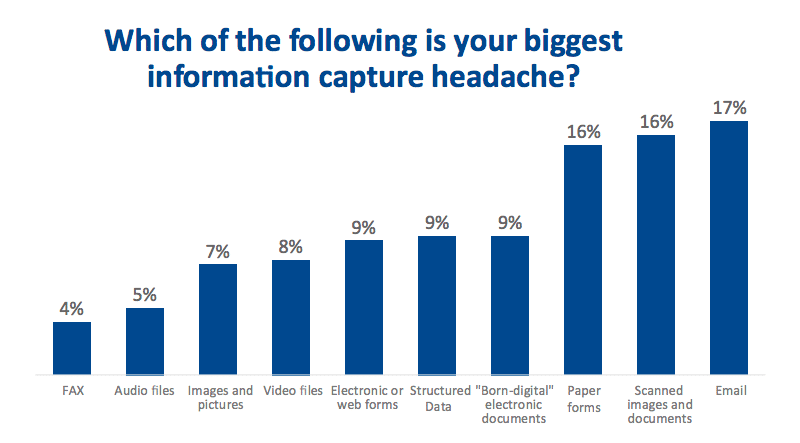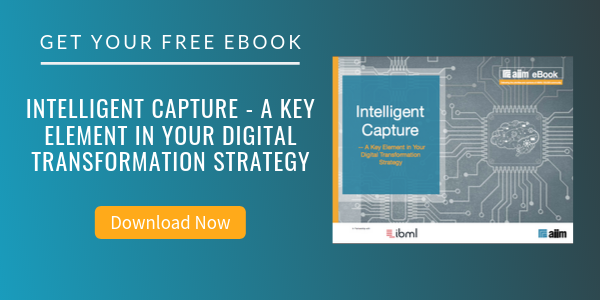
How to Identify Your Points of Information Capture
Have you noticed how information just keeps popping up all over your business? It’s enough to make you feel like this trying to keep up with it all. You solve one issue, only for another to just pop up:
Information has to enter the process from somewhere. And knowing where it comes from can make a difference by allowing you to make certain assumptions about that information: its format, its quality, its state of approval, and so on.
With some information-centric processes, the fact that a piece of information has entered the organization may start certain workflows or responsiveness requirements.
Wherever it is, we always teach our training students that it’s important to capture information as close to the point of origin as possible.
Now that we know why it’s important, let’s take a look at where our information is, or our Process Entry Points.
How to Identify Your Process Entry Points
So, where are your process entry points? Although every business is somewhat unique, these are generally the most common process entry points.
- Paper mail/documents
- Fax – yes, in some industries fax is still a key entry point!
- Voice / voicemail
- Websites and web-based forms
- Internal and external workflows
- Smartphones, tablets, and mobile apps
- Uploads to a portal or file sharing solution
Outside of this list, look for other channels that are being used to create or transmit information.
Also, note that not all of these entry points can be treated in the same way. Just take a look at this chart from our research report, 4 Strategies to Conquer Information Chaos with Intelligent Capture.
In this study, we asked survey respondents which process entry points caused their biggest capture headaches. At the top of the list were email (17%), scanned images and documents (16%), and paper forms (16%).
The report provides the following commentary:
“On the one hand, these headaches sound surprisingly like a list of yesterday’s problems – tied to previous generations of technology. But they are important because they reflect the fact that high-performing organizations at scale cannot just assume that “modernization” will occur magically – these organizations must consciously bridge generations of technology, and capture is critical to this task.”
Curing the Capture Headaches
So, how do you relieve your capture headache and avoid feeling like the cat gif from earlier in the post? Here are some tips to help you.
There’s an old saying that applies, garbage in, garbage out. If the information you’re trying to route through processes is incomplete, in the incorrect format, etc., you’re going to have downstream issues with your process.
AIIM recommends process steps to ensure:
- Completeness: There needs to be some sort of process step to ensure the completeness of the submission or transmission.
- Format and Quality: A step also needs to account for the expected formats to be received and the overall quality of those documents, especially scanned images.
- Chain of Custody: There is also a need for some sort of documentation of how the information was received and what happened to it – that is, a chain of custody. Depending on the process and the organization this may be more or less formalized, but there should still be some way to track where a particular piece of information is and that it *has* been received.
Still have questions? Want to learn more?
This is just one way to put the 'intelligent' into Intelligent Capture. We went deeper into the topic during a recent AIIM webinar. Check out the recording and take your learning even further with a look at:
- Learn why intelligent capture is THE starting point in your digital transformation initiatives.
- Determine the ideal points of entry to apply intelligent capture efforts.
- Understand what’s so “intelligent” about intelligent capture; and identify the features and functionality you need to fully optimize the capabilities




